Mangosteen Tree
- November 30, 2023
- 0 comment
The Mangosteen tree (Garcinia mangostana) is a tropical evergreen tree native to Southeast Asia, particularly in countries like Malaysia, Indonesia, and Thailand. Revered as the “queen of fruits,” the Mangosteen tree produces a fruit of the same name that is renowned for its delectable taste and purported health benefits.
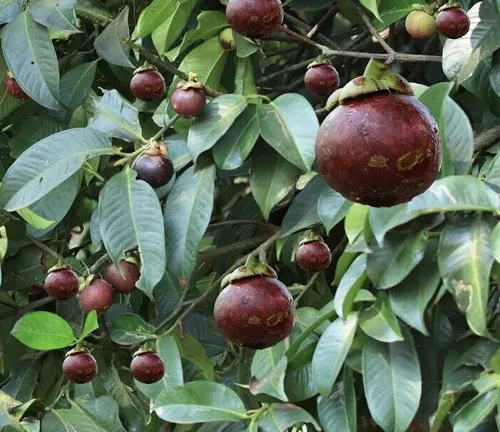
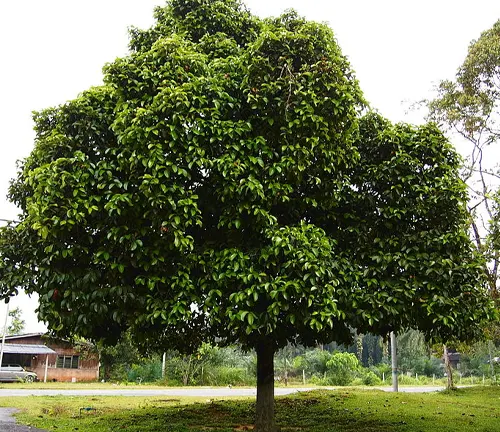
The tree itself is characterized by its dark green, glossy leaves and pyramidal shape, reaching heights of about 20 to 80 feet. The Mangosteen fruit, with its thick, purple rind and juicy, segmented interior, is celebrated for its sweet and tangy flavor profile. Despite its name, the Mangosteen is unrelated to the mango.
Traditionally used in Asian folk medicine for its believed medicinal properties, the fruit contains a variety of antioxidants and xanthones, which are compounds that have been studied for their potential health-promoting effects. While the Mangosteen tree is challenging to cultivate outside of its native regions due to its sensitivity to environmental conditions, its alluring fruit has gained global popularity, making it a sought-after delicacy in various culinary and wellness circles.
| Characteristic | Description |
|---|---|
| Scientific Name | Garcinia mangostana |
| Common Name | Mangosteen Tree |
| Native Region | Southeast Asia (Malaysia, Indonesia, Thailand) |
| Tree Height | 20 to 80 feet |
| Foliage | Dark green, glossy leaves |
| Fruit | Purple, thick rind; sweet and tangy segmented interior |
| Flavor | Sweet and tangy |
| Notable Compounds | Xanthones, antioxidants |
| Traditional Use | Folk medicine for potential health benefits |
| Cultivation Challenges | Sensitive to environmental conditions |
| Global Popularity | Sought-after delicacy in culinary and wellness circles |
Botanical Beauty of the Mangosteen Tree
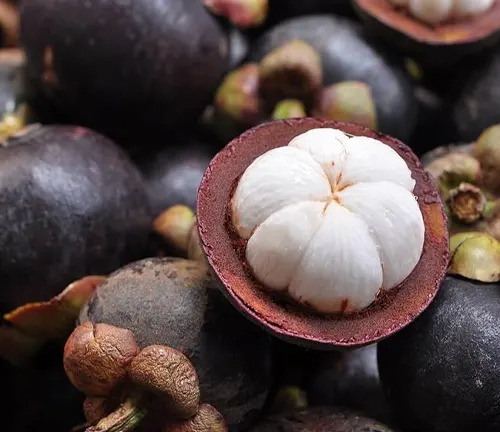
The Mangosteen tree, scientifically known as Garcinia mangostana, stands as a botanical masterpiece, captivating onlookers with its elegant and evergreen presence. Native to the lush landscapes of Southeast Asia, particularly in Malaysia, Indonesia, and Thailand, this majestic tree is celebrated for more than just its delectable fruit. With its dark green, glossy leaves, and a pyramidal shape that can reach heights of 20 to 80 feet, the Mangosteen tree adds a touch of natural grace to the tropical scenery.
Woodland Elegance
In the heart of dense tropical woodlands, the Mangosteen tree stands out not only for its height but also for its woodland elegance. The symmetrical arrangement of its branches and the rich green hue of its leaves contribute to the tree’s aesthetic appeal, creating a visual feast for those fortunate enough to encounter it in its natural habitat.
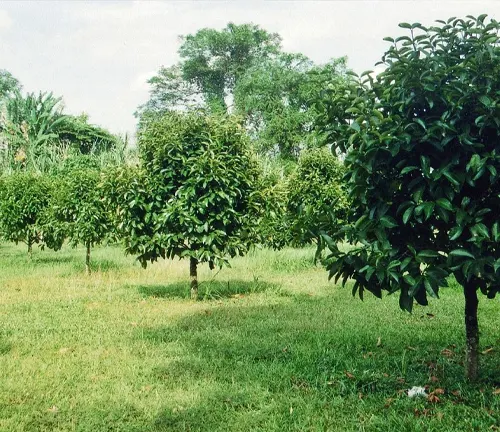
Ecological Importance
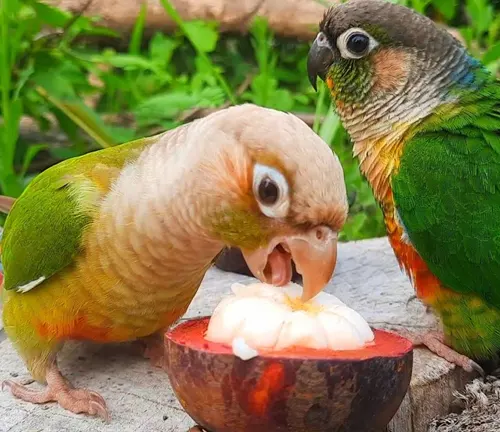
Beyond its visual allure, the Mangosteen tree plays a crucial role in the ecosystems it inhabits. As a native species, it contributes to biodiversity and supports the intricate web of life in Southeast Asian forests. The tree provides shelter and sustenance for various wildlife, making it an integral part of the delicate balance that characterizes these diverse ecosystems.
Cultivation and Conservation
Cultivating the Mangosteen tree, however, is not without its challenges. The species is sensitive to environmental conditions, making it a demanding candidate for cultivation outside its native regions. Conservation efforts are underway to protect and preserve this botanical gem, ensuring its survival and maintaining the ecological harmony it brings to its natural habitat.
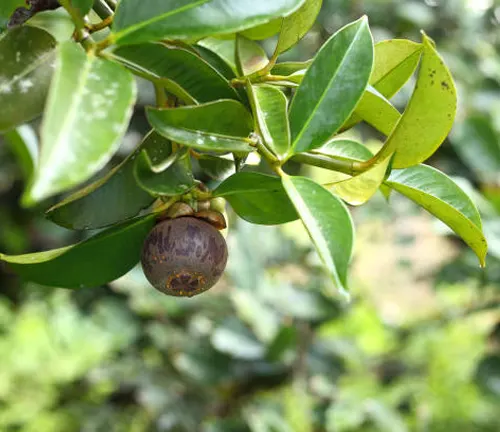
Fragrance
One cannot discuss the Mangosteen tree without acknowledging its subtle yet enchanting fragrance. The leaves and blossoms emit a delicate scent that adds an olfactory dimension to the overall experience of encountering this tropical wonder. The fragrance contributes to the sensory richness of the Mangosteen tree, making it a truly immersive botanical encounter.
Soil Stabilization

Apart from its aesthetic and aromatic qualities, the Mangosteen tree also serves a practical purpose in soil stabilization. The extensive root system of the tree helps prevent soil erosion, making it an unwitting but valuable ally in maintaining the structural integrity of the soil in its native habitats.
Common Uses
While the Mangosteen tree is primarily celebrated for its fruit, its wood also finds application in various local practices. The timber is used for crafting tools and implements, showcasing the tree’s versatility beyond its gastronomic appeal.

Health Benefits
The Mangosteen tree is more than just a sight to behold; it offers a bounty of potential health benefits. Traditionally used in Asian folk medicine, the Mangosteen fruit contains antioxidants and xanthones, compounds that have garnered attention for their perceived health-promoting properties. As global interest in wellness grows, so does the popularity of the Mangosteen fruit as a sought-after delicacy with potential health benefits.
Different Species
Garcinia gummi-gutta
(Malabar Tamarind or Brindleberry)
This species is known for its fruit rind, which is used as a culinary spice, particularly in traditional South Asian cuisine. It has gained attention in the weight loss industry due to the presence of hydroxycitric acid (HCA) in its fruit.
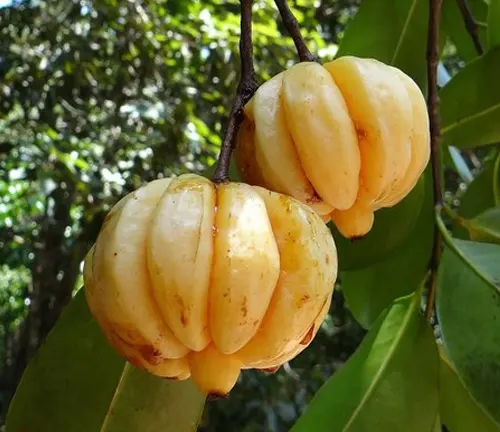
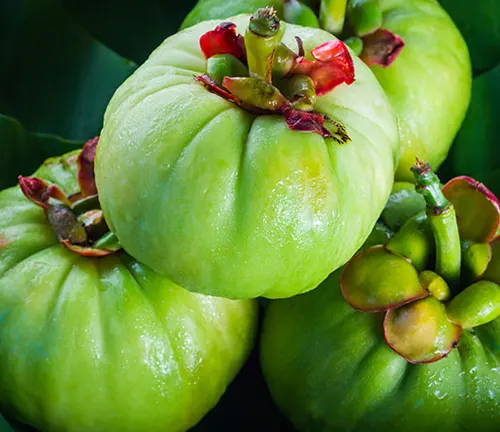
Garcinia cambogia
Similar to Garcinia gummi-gutta, Garcinia cambogia is known for its fruit rind, which is also high in hydroxycitric acid. It has been marketed as a supplement for weight loss.
Frequently Asked Questions (FAQs)
- What is a Mangosteen tree?
The Mangosteen tree, scientifically known as Garcinia mangostana, is a tropical evergreen tree native to Southeast Asia. It is famous for producing the Mangosteen fruit, known for its sweet and tangy flavor. - What does the Mangosteen tree look like?
The Mangosteen tree has dark green, glossy leaves, and a pyramidal shape that can reach heights of 20 to 80 feet. It adds an elegant touch to the tropical landscapes in which it thrives. - Where is the Mangosteen tree found?
The Mangosteen tree is native to countries such as Malaysia, Indonesia, and Thailand. It is cultivated in other tropical regions, but its sensitivity to environmental conditions makes it challenging to grow outside its native habitat. - Is the Mangosteen tree related to the mango?
Despite the similar-sounding name, the Mangosteen tree is not related to the mango. It belongs to the Clusiaceae family, while the mango belongs to the Anacardiaceae family. - What does the Mangosteen fruit taste like?
The Mangosteen fruit has a sweet and tangy flavor profile. It is often described as a combination of peach, citrus, and strawberry, and it is highly regarded for its delicious taste. - Are there health benefits associated with the Mangosteen fruit?
The Mangosteen fruit is traditionally believed to have health benefits. It contains antioxidants and xanthones, compounds that have been studied for their potential health-promoting effects. - Can the Mangosteen tree be grown outside of Southeast Asia?
Cultivating the Mangosteen tree outside its native regions can be challenging due to its sensitivity to environmental conditions. However, efforts are made to cultivate it in suitable tropical climates globally. - What is the ecological importance of the Mangosteen tree?
The Mangosteen tree plays a crucial role in Southeast Asian ecosystems by contributing to biodiversity, providing shelter for wildlife, and supporting the overall balance of the region’s diverse habitats. - How is the Mangosteen tree used beyond its fruit?
The Mangosteen tree’s wood is used for various purposes, such as crafting tools and implements. The tree also contributes to soil stabilization with its extensive root system. - Is there any specific fragrance associated with the Mangosteen tree?
Yes, the Mangosteen tree has a subtle yet enchanting fragrance. Both the leaves and blossoms emit a delicate scent, enhancing the sensory experience of encountering this tropical tree.



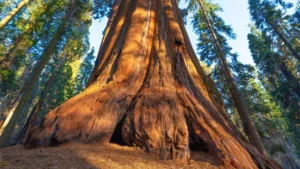

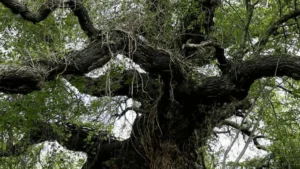
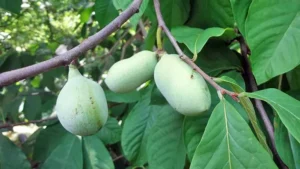
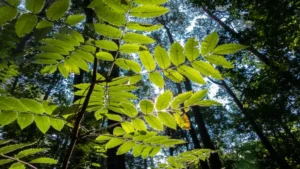
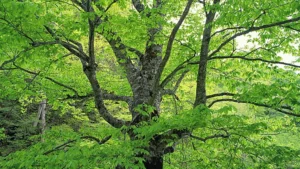
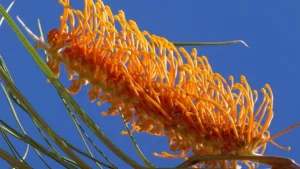
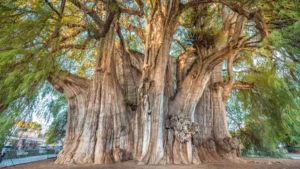

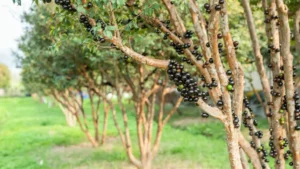
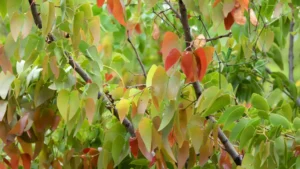
Leave your comment